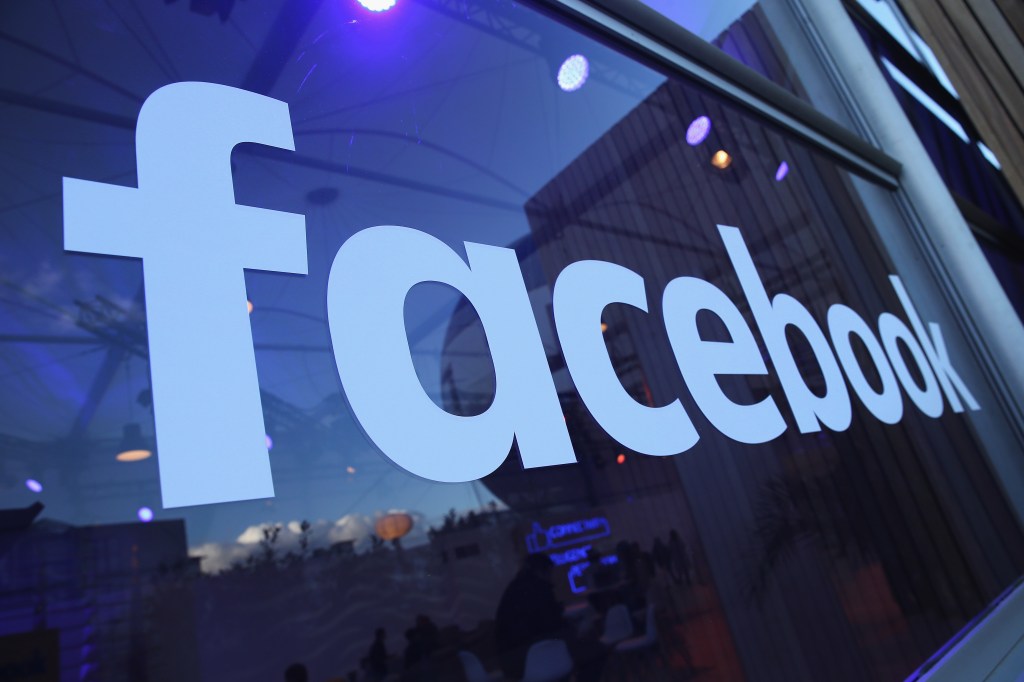Meta, the parent company of Facebook, launched an enterprise version of the prominent social network in 2015. It always seemed like a stretch for a company built on a consumer product that made most of its money from ads making a go of it in the enterprise. Perhaps the biggest surprise is that it lasted this long.
Meta pulled the plug on the enterprise product on Tuesday, bringing the curtain down on the enterprise experiment nine years after it launched. It’s worth noting that there was some skepticism from the start that a company like Facebook could pull this off. The enterprise is a different animal from the consumer world. It values privacy and security and requires a set of back-end tools that are purpose-built for the enterprise.
As Brent Leary, founder and principal analyst at CRM Essentials, said at the launch, it would be hard for Facebook to make that leap. “Facebook could pull it off, but it’s hard to build a platform that meets the expectation for so many different kinds of human interactions in the business context, as well as the personal one,” he said at the time.
Fast-forward nine years and Leary says it isn’t surprising that the product shut down. “This is just another example of a consumer technology platform not being able to successfully move into the enterprise technology space, but it makes you wonder why it took them this long to come to what was an inevitable conclusion, competing with the likes of Microsoft and Salesforce/Slack,” Leary told TechCrunch.
Ray Wang, founder and principal analyst at Constellation Research, says that ultimately Workspace was a side project to the much bigger consumer side of the house, and when Meta went into efficiency mode last year, the writing was on the wall for Workspace.
“The reality was, for an enterprise to be supported, the CIO’s job is on the line, the CEO’s job is on the line, the head of HR’s job is on the line, and you don’t do an enterprise sale in a haphazard way,” Wang told TechCrunch. It requires dedicated sales reps, a customer success team and a product roadmap that companies can build to, and Wang says that Meta didn’t build that back-end enterprise structure.
Still, the project wasn’t a total failure, says Alan Pelz-Sharpe, founder and principal analyst at Deep Analysis, with millions of users and a slate of big brands, but ultimately he sees it failing for similar reasons to Wang.
“Enterprise (business) buyers and technology users want long-term support and predictability, and that is why, despite many shortcomings, most will stick with the likes of Microsoft or Salesforce, as they know they will always be there for them,” he said.
In a 2019 interview, Meta CIO Atish Banerjea indicated that at least from an engineering perspective, the company was taking the enterprise extremely seriously, talking with CIOs of potential users like Delta Airlines about how Facebook was using Workplace internally, including how it was integrating with third-party tools like SAP and Salesforce, integrations these companies would need (and which Slack and Teams are particularly good at today).
The idea behind the enterprise version, at least in 2015, was that everyone was using Facebook for their personal lives, and it felt logical to move that into the workplace, giving users a similar look and feel to the tool they used at home. And at a time when there was a push for the consumerization of IT, bringing tools that people used in their private lives into work, having a work version of Facebook made a lot of sense.
It’s also important to remember that there wasn’t a clear winner in the enterprise communications space nine years ago. Slack was in its infancy and Microsoft Teams was still a year away. Salesforce had tried to muscle into this space with the release of Chatter years before, recognizing that there was a need for this type of product, but it never really gained much traction, and most of the related applications have been shut down for years.
Salesforce would eventually buy Slack of course for a cool $28 billion, so it knew there was something there in this space. In spite of having millions of subscribers, Facebook missed its chance in the enterprise.
“In retrospect, this has to go down as a huge missed opportunity for Facebook; when it launched in 2016, nobody foresaw the pandemic years where Teams and Zoom, etc. would flourish, but due to underinvestment and a lack of interest from senior management, Facebook Workplace never really had a fighting chance,” Pelz-Sharpe said.































Comment